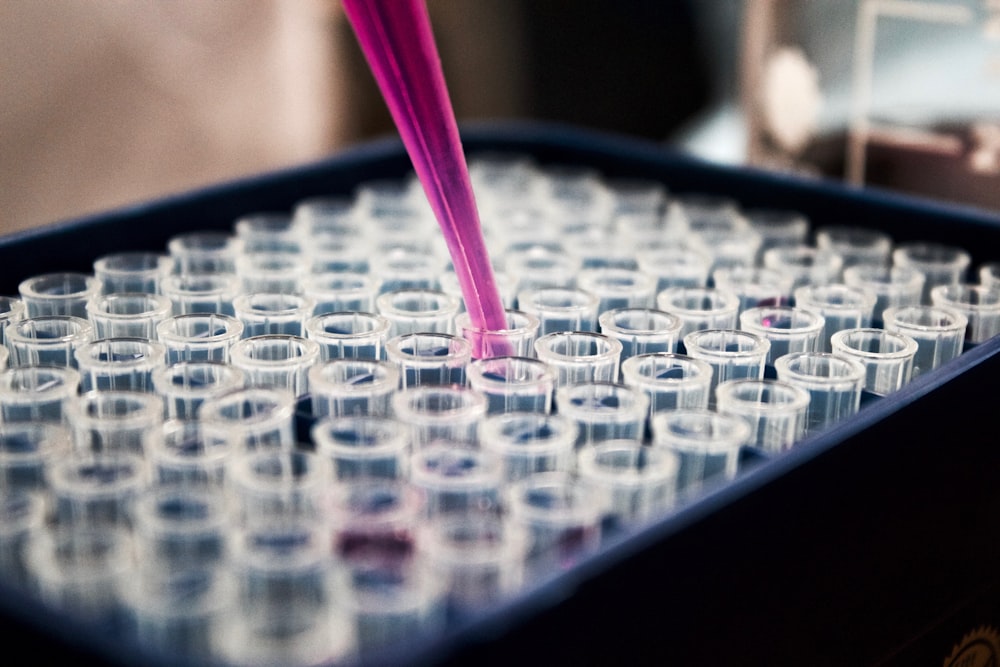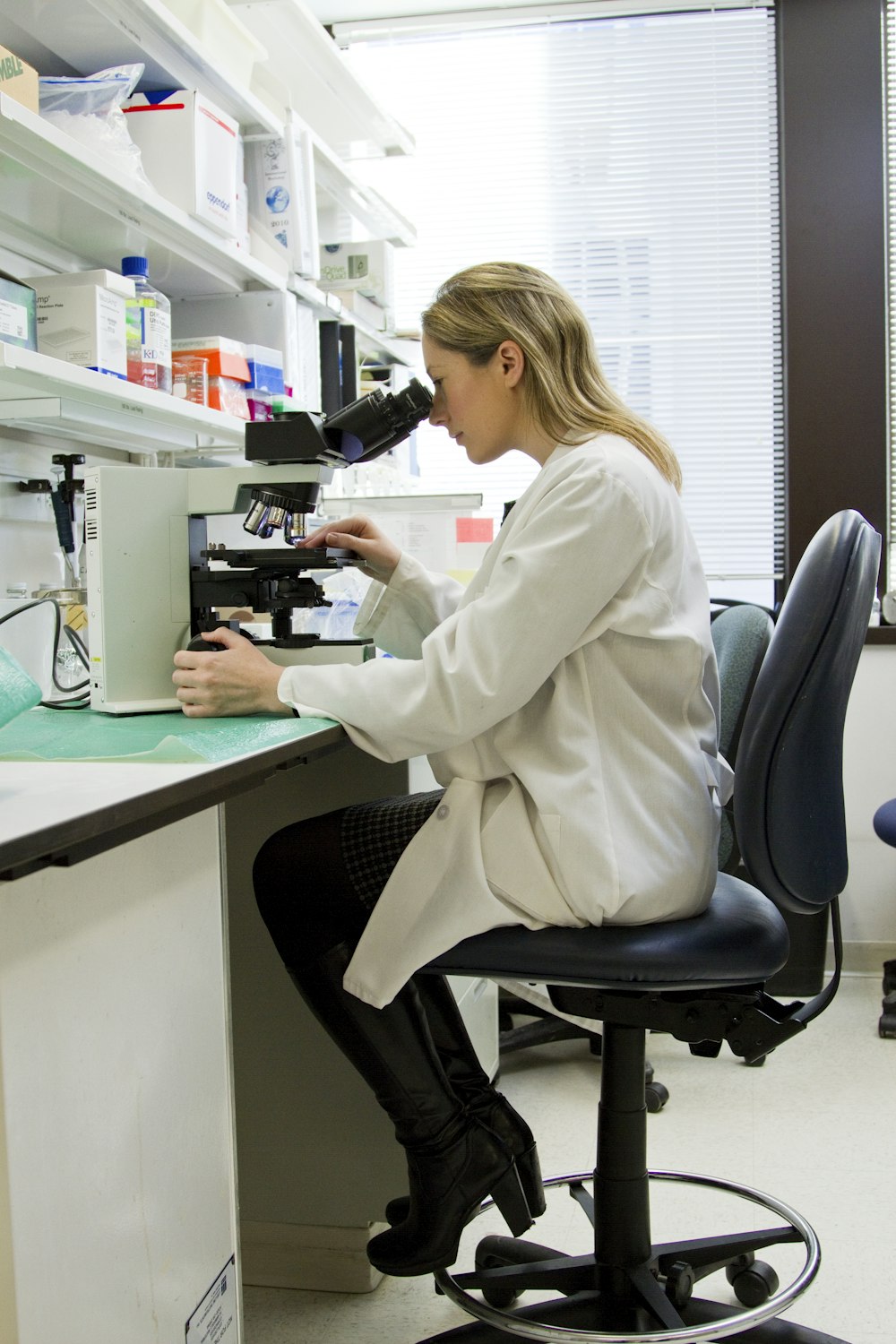The Hedgehog Signal: How a Spiky Gene Builds a Body
Unlocking the Molecular Master Switch for Life, Limb, and Disease
Imagine a single, powerful signal that tells a cluster of identical cells in an embryo to become a thumb instead of a pinky, to form the intricate spaces between your fingers, and to shape the very architecture of your brain and spine. This isn't science fiction; it's the work of the Hedgehog signaling pathway—one of biology's most fundamental and fascinating communication systems.
It's a pathway so crucial that its discovery won a Nobel Prize, and its malfunction is a driver of devastating diseases, including cancer. At the heart of this entire system lies a single, cleverly "patched" receptor, acting as the gatekeeper for a signal that builds, repairs, and sometimes, goes horribly wrong.

Meet the Molecular Players: Hedgehog and Its Gatekeeper
To understand this pathway, let's meet the key characters in this molecular drama.
1 The Signal (Hedgehog)
Named after the spiky appearance of fruit fly embryos that lacked it, the Hedgehog protein is a morphogen. It doesn't just say "turn on"; it broadcasts a concentration-dependent message. A little Hedgehog means "make a pinky finger," while a lot means "make a thumb." It's the molecular equivalent of a paintbrush creating gradients of color and form.
2 The Gatekeeper (Patched)
Patched (PTCH1) is the receptor, sitting on the surface of the target cell. In the "off" state, with no Hedgehog around, Patched actively suppresses the pathway. Think of it as a vigilant security guard who keeps a door locked and barred.
3 The On-Switch (Smoothened)
Smoothened (SMO) is the protein that actually turns the pathway on, but it's kept in check by Patched. When Patched is active, it prevents Smoothened from working. Smoothened is the powerful engine that the security guard won't allow to start.
4 The Executors (GLI Proteins)
Inside the cell, GLI proteins are the final messengers. When the pathway is off, they are chopped up into repressors that keep target genes silent. When the pathway is on, full-length GLI proteins act as activators, traveling to the nucleus to switch on the genes that dictate cell fate—telling the cell to divide, specialize, or migrate.
The Great Switch: How the Pathway Turns On and Off
The elegance of this system lies in its binary switch, controlled by the patched receptor.
Hedgehog Signaling Pathway Mechanism
The "OFF" State (No Hedgehog Signal)
- The Patched receptor is active on the cell surface.
- It constantly inhibits Smoothened, preventing it from moving to the cell's primary cilium (a key antenna-like structure).
- Smoothened remains inactive.
- Inside the cell, GLI proteins are processed into repressors.
- Target genes for growth and specialization remain silent.
The "ON" State (Hedgehog Signal Present)
- The Hedgehog protein binds directly to the Patched receptor.
- This binding physically inactivates Patched.
- With the security guard (Patched) neutralized, Smoothened is free to move into the primary cilium.
- Activated Smoothened triggers a cascade that prevents GLI protein repression.
- Full-length GLI activators travel to the nucleus and switch on the genes that build and shape the body.

A Landmark Experiment: Cracking the Code in Fruit Flies
The core relationship between Patched and Smoothened was deciphered through brilliant genetic experiments. One of the most crucial was the work that led to the Nobel Prize in Physiology or Medicine in 1995 for Christiane Nüsslein-Volhard and Eric Wieschaus . While they screened for many genes, the analysis of hedgehog, patched, and smoothened mutants revealed the pathway's logic.
Methodology: A Genetic Detective Story
Researchers used the fruit fly Drosophila melanogaster as their model. Their process was elegant in its simplicity:
Mutagenesis
They exposed flies to chemicals that cause random mutations in their DNA.
Screening
They meticulously examined the offspring of these mutated flies, looking for embryos with abnormal body patterns—like those covered in tiny, spiky denticles, resembling a hedgehog.
Identification
They identified flies with mutations in three key genes: hedgehog (hh), patched (ptc), and smoothened (smo).
Genetic Crosses
They bred these mutant flies together in different combinations (e.g., a fly with a hedgehog mutation with a fly having a patched mutation) to see how the genes interacted.
Results and Analysis: The Smoking Gun
The results from these crosses were definitive. They didn't just show what each gene did; they revealed the hierarchy—who listens to whom.
| Gene Mutated | Observed Phenotype in Fly Embryo | Interpretation |
|---|---|---|
| Hedgehog (hh) | Loss of segment patterning; "lawn" of spiky denticles. | Without the signal, the pathway is off everywhere. |
| Patched (ptc) | Expansion of specific cell fates; "lawn" of naked cuticle. | Without the inhibitor, the pathway is ON in cells where it should be OFF. |
| Smoothened (smo) | Identical to hedgehog mutation: loss of patterning. | Without the activator, the pathway cannot be turned on, regardless of the signal. |
The critical insight came from the double mutants:
| Genotype | Observed Phenotype | Scientific Conclusion |
|---|---|---|
| hh mutant (alone) | Pathway OFF phenotype (spiky) | Baseline: no signal. |
| ptc mutant (alone) | Pathway ON phenotype (naked) | Baseline: no inhibition. |
| hh + ptc double mutant | Pathway ON phenotype (naked) | Patched acts downstream of Hedgehog. The absence of Patched overrides the absence of the Hedgehog signal. |
Analysis
This was the breakthrough. If Hedgehog acted after Patched, the double mutant would look like the hedgehog mutant (OFF). Instead, it looked like the patched mutant (ON). This proved that the normal role of the Hedgehog signal is to inactivate the Patched receptor. Patched's job is to hold the pathway off, and Hedgehog stops it from doing its job.
| Condition | Patched State | Smoothened State | Pathway Output |
|---|---|---|---|
| Normal "OFF" | Active | Inhibited | OFF |
| Normal "ON" | Inactivated by Hh | Active | ON |
| Hh Mutant | Active | Inhibited | OFF (faulty) |
| Ptch Mutant | Inactive (faulty) | Active | ON (uncontrolled) |
The Scientist's Toolkit: Key Reagents for Hedgehog Research
Studying this pathway requires a specific set of molecular tools. Here are some of the essentials used in modern labs.
Recombinant Hedgehog Protein
A purified, lab-made version of the signal. Used to artificially activate the pathway in cell cultures or embryos to study its effects.
Cyclopamine
A natural chemical that acts as a Smoothened inhibitor. It binds directly to Smoothened, locking it in the "off" position. A vital tool for probing pathway function and a starting point for cancer drugs.
SAG (Smoothened Agonist)
A synthetic molecule that does the opposite of Cyclopamine. It activates Smoothened, turning the pathway on even when no Hedgehog is present.
GLI-Luciferase Reporter
A genetic construct introduced into cells. When the Hedgehog pathway is active and GLI proteins reach the nucleus, they turn on the luciferase gene, producing a glow that scientists can measure. This is a key assay for pathway activity.
PTCH1 & SMO Antibodies
Specially designed proteins that bind to and "stain" the Patched or Smoothened proteins, allowing researchers to see where they are located in a cell or tissue (e.g., confirming SMO moves to the cilium upon activation).
Genetic Models
Genetically modified organisms (mice, zebrafish) with specific mutations in Hedgehog pathway components, allowing researchers to study the pathway's role in development and disease in a whole organism context .

Conclusion: From Flies to Pharmaceuticals
The story of the patched receptor and the Hedgehog pathway is a perfect example of how curiosity-driven research in a seemingly obscure area (spiky fruit flies) unravels principles universal to all animal life. This switch is used over and over to build our bodies with exquisite precision.
But the story doesn't end in development. In adults, this pathway is largely quiet, used mainly for tissue maintenance and stem cell regulation. When it is accidentally reactivated—often due to mutations in the Patched gene itself—cells receive a constant "grow!" signal, leading to cancers like medulloblastoma (a brain cancer) and basal cell carcinoma (the most common skin cancer).
The profound understanding of this switch, born from genetic experiments in flies, has directly led to a new class of cancer drugs. These drugs, like Vismodegib, are designed to inhibit the now-rogue Smoothened protein, cutting off the "grow" signal in cancerous cells. The vigilant gatekeeper, when broken, can cause chaos, but by understanding its secrets, we are learning how to restore order.
Clinical Impact
The discovery of the Hedgehog pathway has led to targeted therapies for:
- Basal cell carcinoma - The most common form of skin cancer
- Medulloblastoma - A malignant brain tumor primarily affecting children
- Other cancers with aberrant Hedgehog signaling
Drugs like Vismodegib and Sonidegib specifically target the Smoothened protein, demonstrating how basic research can translate into life-saving treatments.